PhD thesis
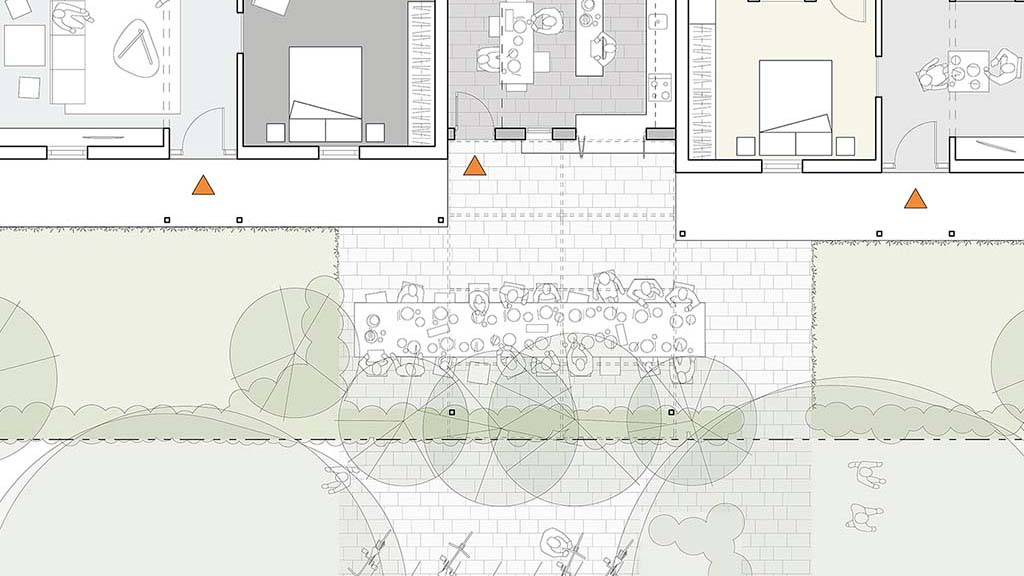
Damian’s PhD thesis, Alternative Infill: a design study of housing intensification, adaptation and choice in the established suburbs of Adelaide, was undertaken as a major design project at Monash University in Melbourne.
The Phd is where the ‘Bluefield Housing’ model originated, and the project incorporated an illustrated thesis (which can be downloaded using the button below), public exhibition, and public defence lecture.
Many of the concepts and diagramming presented in the thesis are evident in the other projects shown on this website, and in the Bluefield Housing book itself.
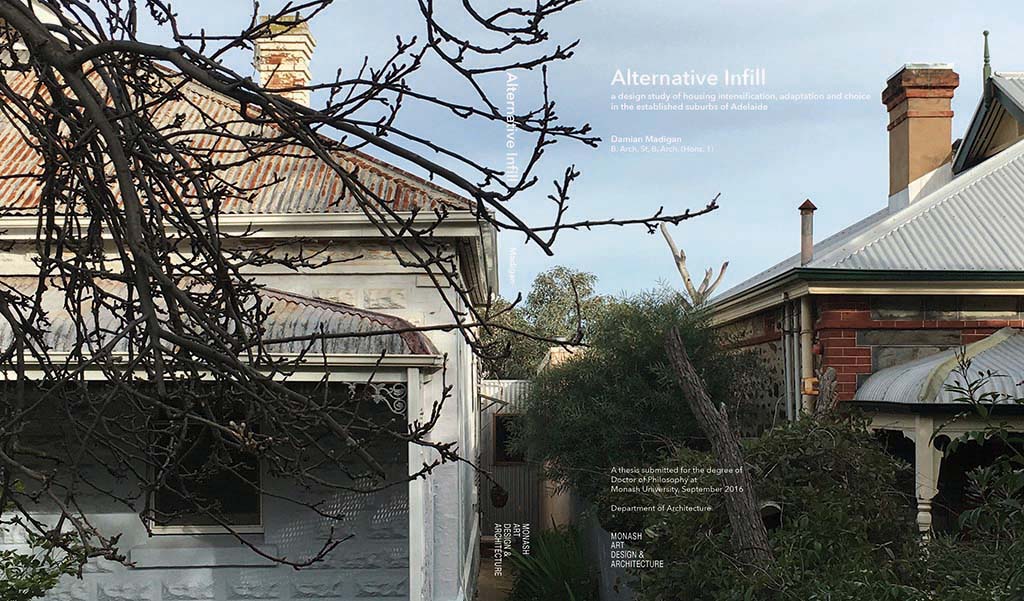
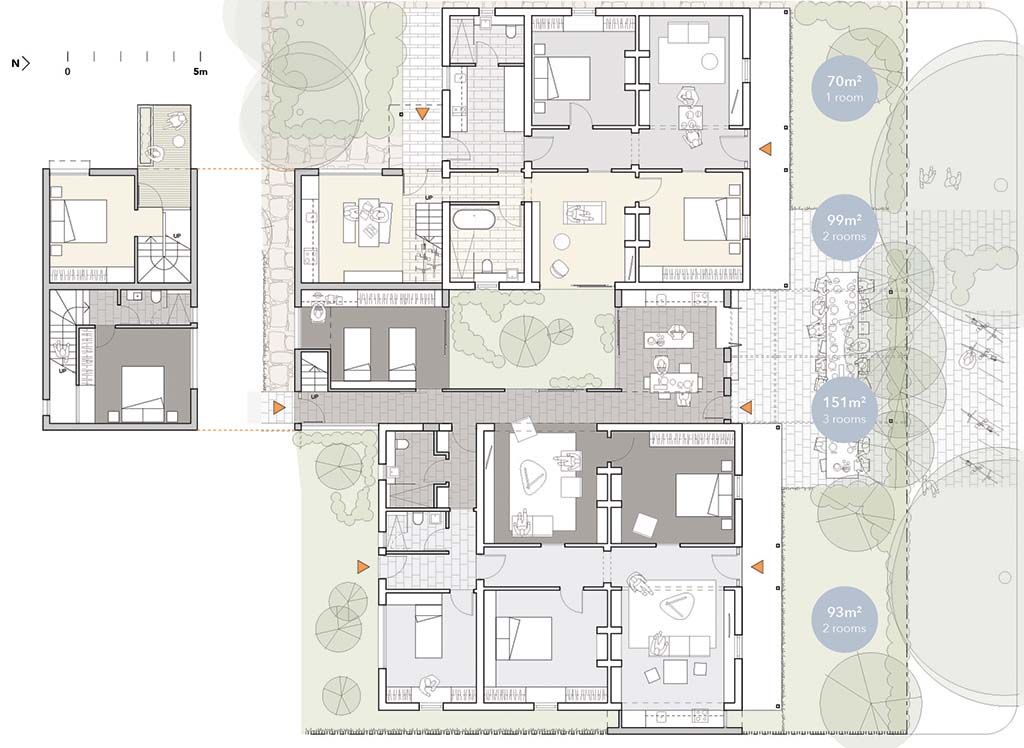
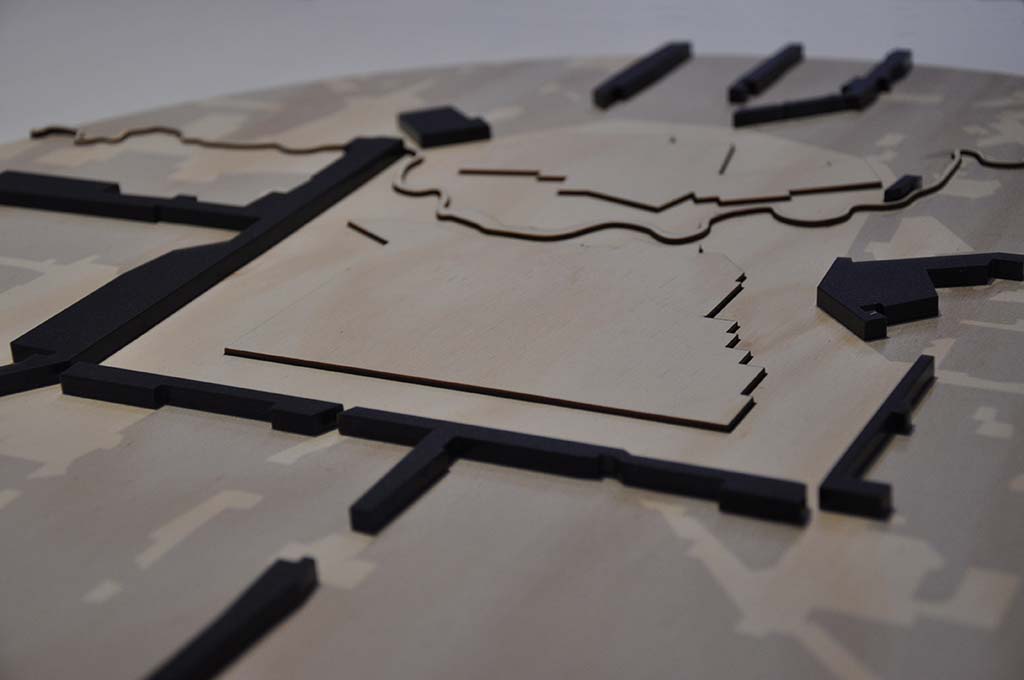
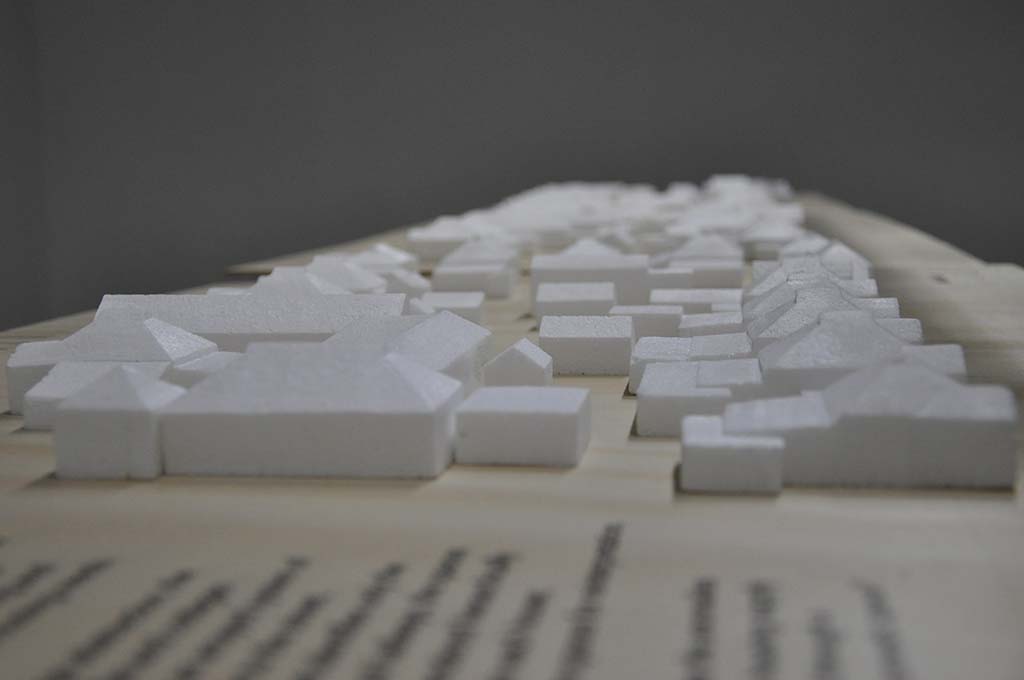
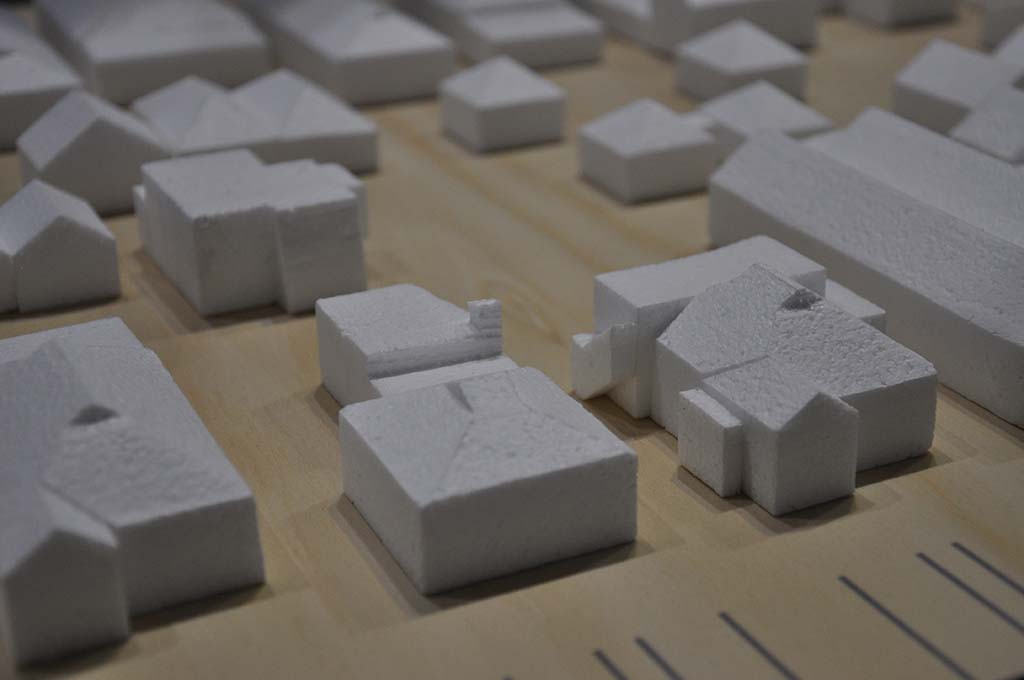
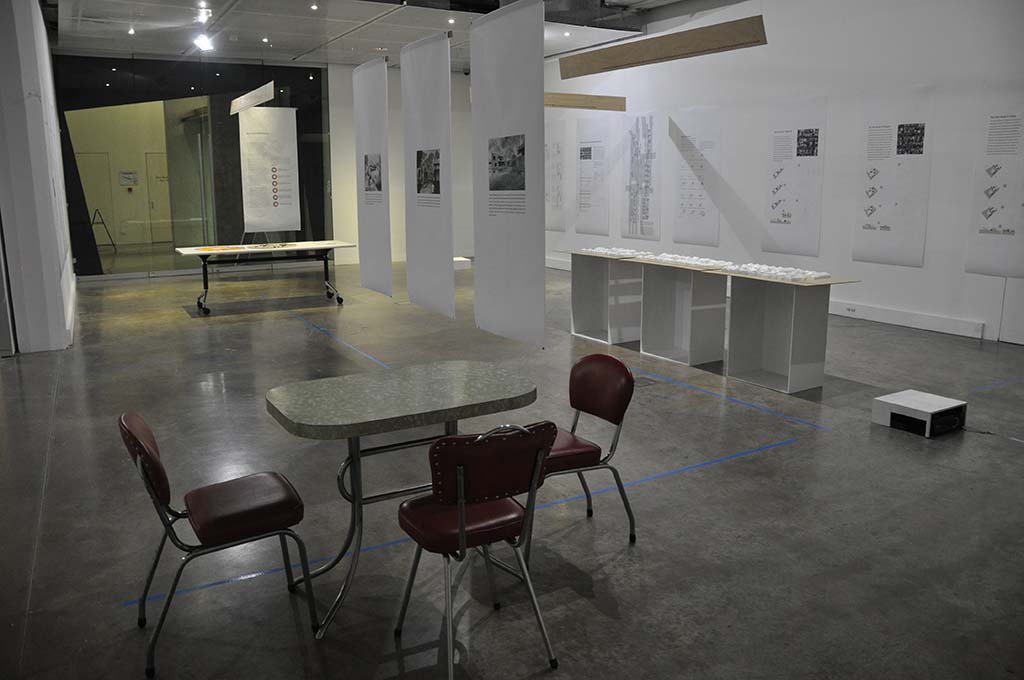
Recommended citation:
Madigan, Damian. “Alternative Infill: a design study of housing intensification, adaptation and choice in the established suburbs of Adelaide.” Doctor of Philosophy, Monash University, 2016.